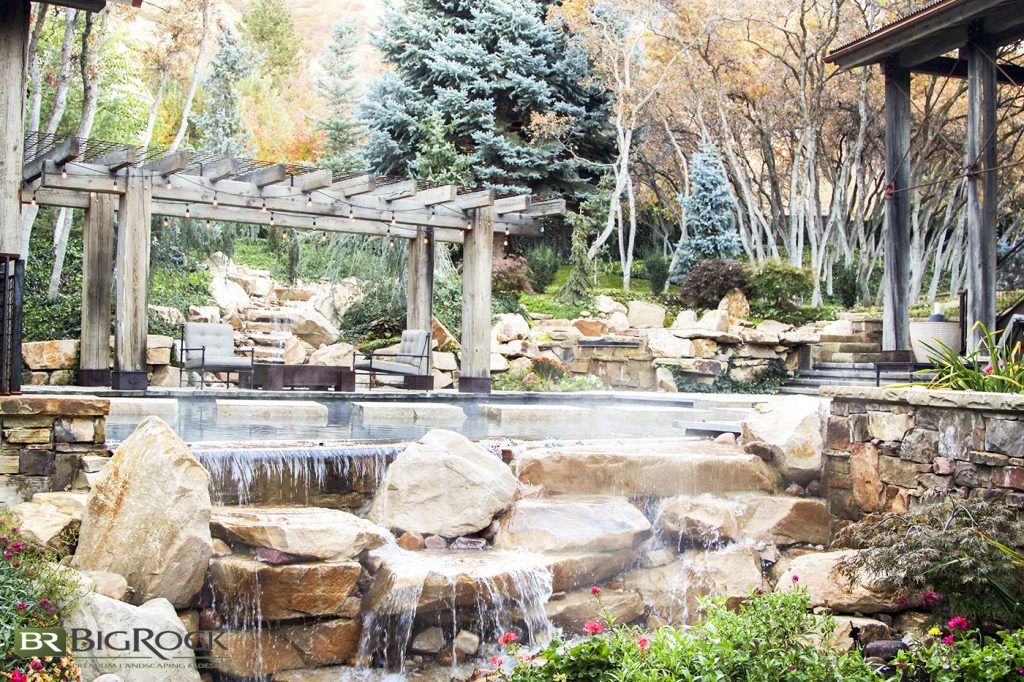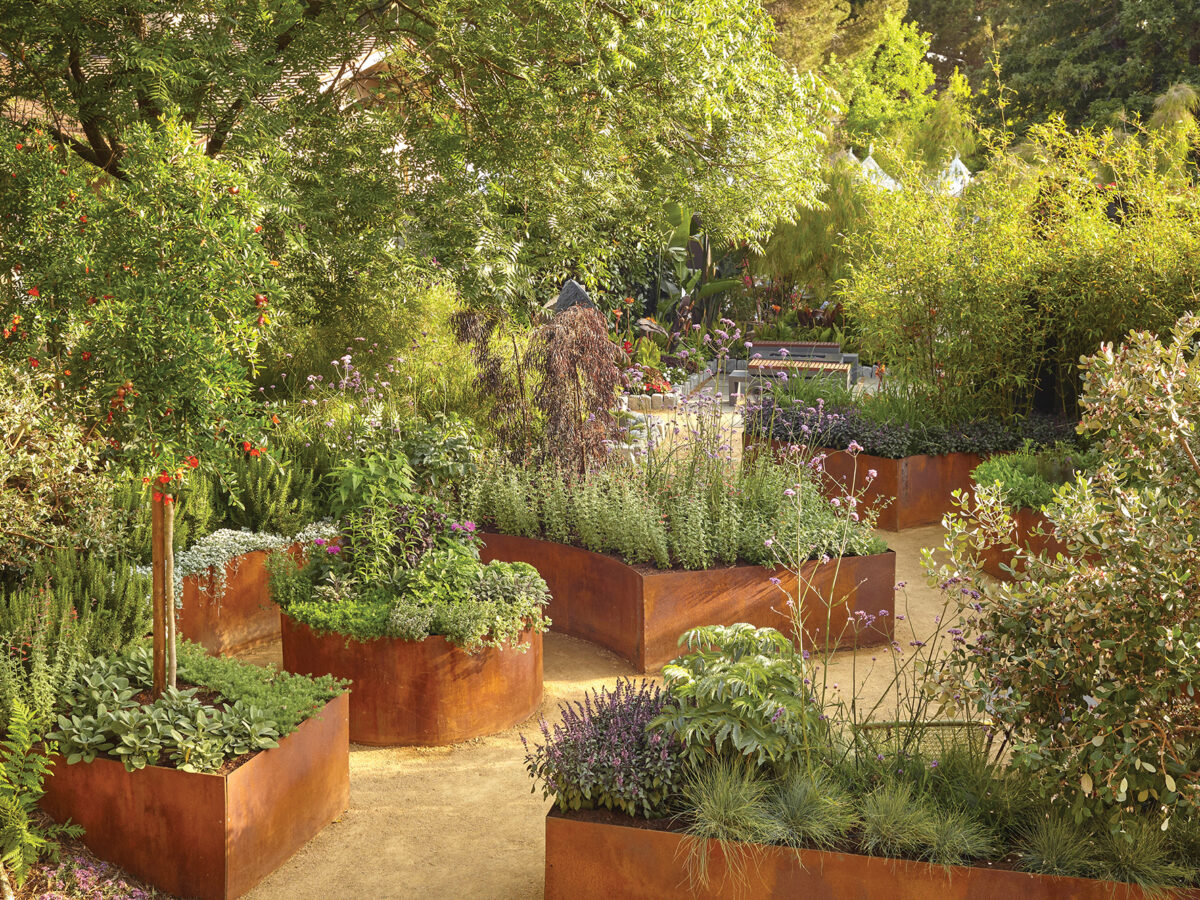The Main Principles Of Hilton Head Landscapes
The Main Principles Of Hilton Head Landscapes
Blog Article
Hilton Head Landscapes - The Facts
Table of ContentsSome Known Incorrect Statements About Hilton Head Landscapes 9 Easy Facts About Hilton Head Landscapes ExplainedWhat Does Hilton Head Landscapes Do?Hilton Head Landscapes Fundamentals ExplainedThe Best Strategy To Use For Hilton Head LandscapesHow Hilton Head Landscapes can Save You Time, Stress, and Money.All about Hilton Head LandscapesWhat Does Hilton Head Landscapes Do?
Type compatibility is likewise a significant part of unity in designone or more strikingly different types benefit contrast and emphasis, yet usually all other forms should have some similarities for a combined look. Texture describes exactly how rugged or fine the surface area of the plant or hardscape product really feels and/or looks.
Instances of plants with crude structure consist of philodendrons, agaves, bromeliads, hollies, hands, and hydrangeas. Qualities that develop fine appearance include tiny foliage; slim, strappy leaves (yards) or tall, thin stems; small, dense twigs and small branches; long stems (vines); and tiny, delicate flowers.
Getting The Hilton Head Landscapes To Work
Many plants are moderate texture, in that they can not be defined as having either coarse or great appearance. They are identified by medium-sized leaves with easy shapes and smooth edges. The average-sized branches are not densely spaced nor extensively spaced, and the general form is generally rounded or mounding. Medium-textured plants act as a history to link and unify the rugged- and fine-textured plants.

To make an area really feel smaller sized, place the rugged structures along the external border and the great appearances closest to the audience. The information of the coarse structure makes the plants show up closer and makes the space feel smaller sized. The perceived texture of plants can also change with the distance from the plant.
The 5-Minute Rule for Hilton Head Landscapes
Strong shades enhance the contrast and make the texture appear coarser, while muted shades can flatten texture. Hardscape with a crude texturesuch as really rough rocks and vibrant, huge timberstends to make all plant product appear more medium distinctive. Designers often develop an appearance study (Number 8) on paper to help choose the plan of plant products.
Shade in plant material and hardscape includes passion and variety to the landscape. Color is the most noticeable aspect in the landscape and is usually the emphasis of most home owners; nevertheless, it is also the most short-lived element, generally lasting just a few weeks a year for specific plants.
The 9-Minute Rule for Hilton Head Landscapes
A basic description of the shade wheel includes the three key colors of red, blue, and yellow; the three secondary colors (a mix of 2 primaries) of eco-friendly, orange, and violet; and six tertiary colors (a mix of one adjacent key and second shade), such as red-orange. Shade concept explains the relationship of colors to each other and exactly how they need to be made use of in a composition.

Analogous (sometimes called harmonious) shade plans are any 3 to five shades that are surrounding on the color wheel, such as red, red-orange, orange, yellow-orange, and yellow, or blue, blue-violet, and violet (landscapers hilton head island). The shades relate to each other due to the fact that they usually consist of 2 key shades mixed to develop an additional and 2 tertiary colors, which means they share typical buildings
Corresponding shades are often found naturally in blossoms; a common pair is yellow and violet. Color is discovered in the blossoms, foliage, bark, and fruit of plants.
The Only Guide for Hilton Head Landscapes
Eco-friendly foliage in all its numerous tones is the leading color by amount, yet other shades capture interest a lot more readily due to their high comparison to the color environment-friendly. Color is likewise found in structures, rocks, pavers, timber, and furnishings. Many colors in all-natural materials, such as stone and timber, are generally muted and often tend to be variations of brown, tan, and light yellow.
Color is an important element for developing rate of interest and selection in the landscape. Colors have homes that can affect emotions, spatial understanding, light quality, balance, and emphasis. One building of color is explained relative to temperaturecolors seem amazing or cozy and can affect feelings or feelings. Great shades have a tendency to be calming and should be used in locations for relaxation and calmness.
What Does Hilton Head Landscapes Do?
Great colors often tend to recede and are regarded as being farther away, making an area really feel larger. Color can likewise be used to record focus and direct views.
For example, intense yellow, which has the highest possible strength, additionally has a high comparison with all other this content shades (usually called a "pop" of color) and need to be utilized moderately. A percentage of extreme color has as much visual weight as a large amount of a much more subdued or weaker color.
Comparable (often called harmonious) color design are any kind of 3 to five shades that are nearby on the shade wheel, such as red, red-orange, orange, yellow-orange, and yellow, or blue, blue-violet, and violet. The colors are associated per other due to the fact that they usually include two primaries mixed to form a secondary and 2 tertiary colors, which indicates they share usual properties.
How Hilton Head Landscapes can Save You Time, Stress, and Money.
Corresponding colors are commonly found normally in blossoms; a common set is yellow and violet. Shade is found in the blossoms, foliage, bark, and fruit of plants.
Green vegetation in all its various shades is the dominant color by amount, however other shades record attention more readily due to the fact that of their high contrast to the shade green - landscaping hilton head sc - https://scriaoll-troos-gaerk.yolasite.com. Shade is also found in buildings, rocks, pavers, timber, and furniture. A lot of shades in natural products, such as rock and timber, are usually muted and often tend to be variations of brownish, tan, and light yellow
The 7-Second Trick For Hilton Head Landscapes
Shade is a crucial component for creating rate of interest and range in the landscape. Colors have buildings that can impact emotions, spatial understanding, light top quality, balance, and focus. One property of color is explained loved one to temperaturecolors seem trendy or cozy and can impact feelings or feelings. Great shades tend to be relaxing and need to be made use of in areas for leisure and serenity.
The "temperature" of colors can additionally influence the understanding of distance. Awesome shades often tend to decline and are viewed as being farther away, making a space feel larger. Warm shades have a tendency to advancement and are perceived as being closer, making an area really feel smaller sized. Shade can likewise be utilized to capture interest and straight views.
Bright yellow, which has the greatest strength, also has a high comparison with all other shades (typically explained as a "pop" of color) and must be utilized moderately. A tiny quantity of intense color has as much aesthetic weight as a large amount of a much more restrained or weak color.
Report this page